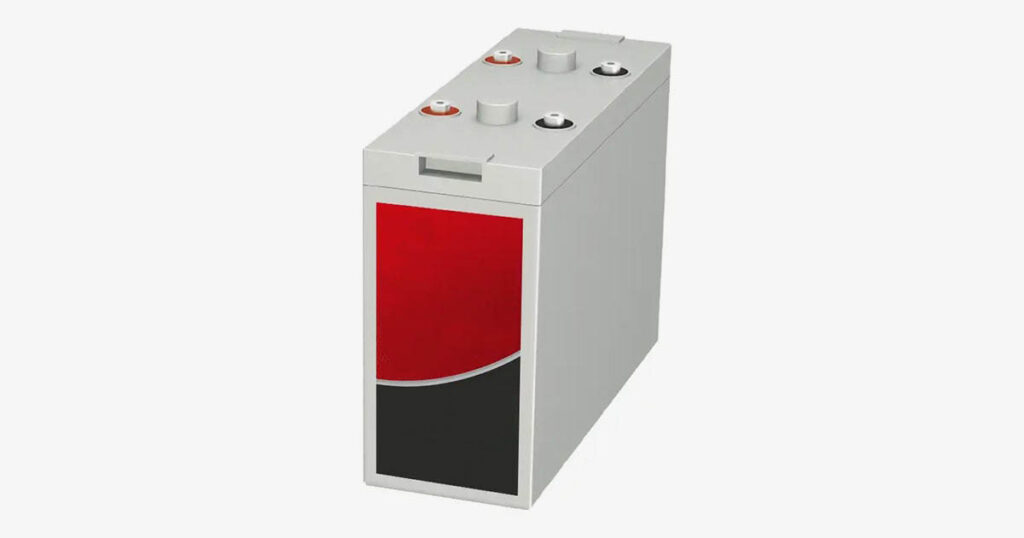One of the biggest drawbacks of traditional lead-acid batteries is their poor performance under deep discharge cycles. Repeatedly discharging below 50% capacity drastically shortens their lifespan. Lead-carbon batteries, however, handle deep cycling far better.
Why Lead-Acid Fails in Deep Cycling
- Sulfation: Lead sulfate crystals harden over time, reducing capacity.
- Grid corrosion: The positive electrode degrades faster under stress.
How Lead-Carbon Improves This
- Carbon mitigates sulfation: The carbon additive prevents large PbSO₄ crystal formation.
- Enhanced charge acceptance: Even at low states of charge, lead-carbon batteries recharge efficiently.
Real-World Impact:
- Lead-acid: ~300–500 cycles at 50% depth of discharge (DoD)
- Lead-carbon: ~1,500–2,000 cycles at same DoD
This makes lead-carbon ideal for solar storage, EVs, and industrial applications where frequent cycling is required.


